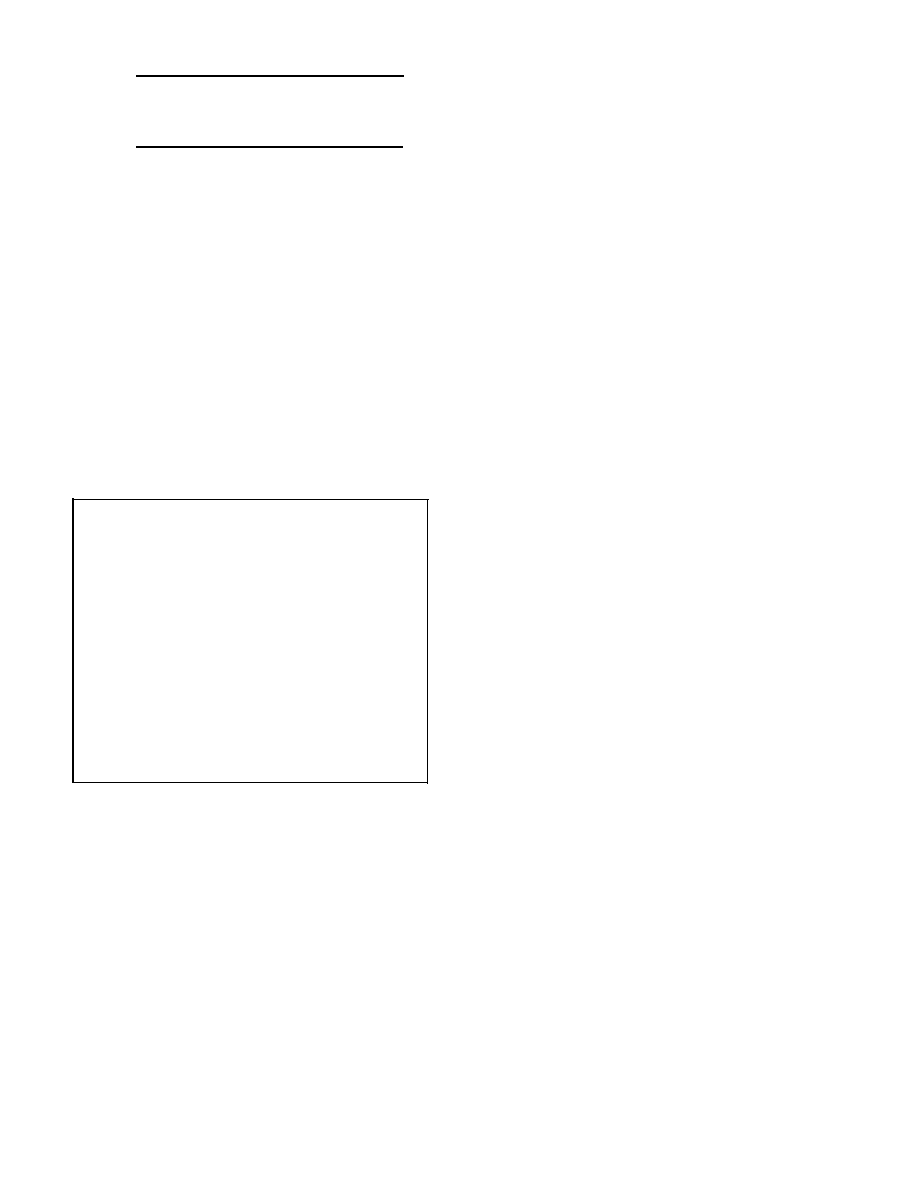
DOFMaster
for Windows
On-line
Depth of Field
Calculator
DOFMaster for Mobile Devices
On-line
Depth of Field
Table
Hyperfocal
Distance Chart
Articles
FAQ
Recommended
Books
Support
Contact
Links
Home
for Windows
On-line
Depth of Field
Calculator
DOFMaster for Mobile Devices
On-line
Depth of Field
Table
Hyperfocal
Distance Chart
Articles
FAQ
Recommended
Books
Support
Contact
Links
Home
As an Amazon Associate I earn from qualifying purchases.
![]()
camera.
correction?
3-71, REFER TO FIGURE 3C AND SELECT
THE CORRECTION USED AS THE QUESTION.
2.
4. F
2. C
3. E
plane:
2. D
3. E
4. G
horizontal plane:
2. D
3. F
of the horizontal plane:
2. C
3. E
4. F
of the vertical plane:
2. C
3. E
4. G
lined up and no corrective
horizontal planes can be corrected
with a view camera?
Basic Photography Course

As an Amazon Associate I earn from qualifying purchases.
WWW.DOFMASTER.COM
© 2006 Don Fleming. All rights reserved.
© 2006 Don Fleming. All rights reserved.